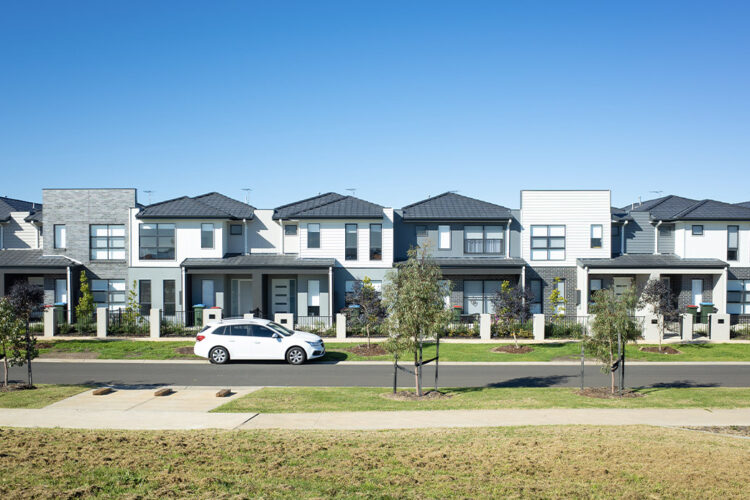There’s no end in sight for super-low national vacancy rates, which slipped to 1 per cent in October, according to SQM Research.
Having spent September resting at 1.1 per cent, vacancy rates fell to extreme lows across the last month, ensuring tenants’ difficulty in securing a property remains.
In total, there are 30,929 residential vacancies in Australia — down from 33,813 in September and the 56,953 on offer during October 2021. Across individual markets, the lower numbers meant vacancy rates either fell or held firm during the month.
Vacancy rates in Sydney, Melbourne and Canberra fell from 1.5 per cent, 1.8 per cent and 1.2 per cent to 1.3 per cent, 1.5 per cent and 1.1 per cent, respectively, while Darwin’s remained steady at 1 per cent.
Brisbane (0.8 per cent), Perth (0.4 per cent), Adelaide (0.4 per cent), and Hobart (0.5 per cent) saw their markets remain extremely tight during October.
The country’s larger central business districts recorded mixed results during the month. In Sydney’s CBD, 3.5 per cent of properties are available for rent, up from September. Conversely, Melbourne and Brisbane CBDs recorded decreases to 2.6 per cent and 1.2 per cent, respectively.
Louis Christopher, managing director at SQM Research, outlined: “The national rental market is still very much in favour of landlords, particularly for our capital cities where there is no evidence yet of any easing in the rental market.”
However, several regional locations benefited from vacancy-rate increases during October, including Sydney’s Blue Mountains, Wollongong, NSW’s north coast, northern Victoria, and the Gippsland region.
Mr Christopher did caveat that these rises have been reported from a “very low base”.
“This easing might be attributed to a population flow back into cities whereby an increasing number of white-collar workers are being asked to come back into the office,” he noted.
He believes this trend could result in capital city markets remaining “under great strain for tenants over the foreseeable future and may not ease until late 2023 at the earliest”.
As a result of tightening rental markets, rents across the country continued rising in the 30 days to 16 November 2022. Across the capital cities, landlords were demanding an additional 2 per cent across the month, taking total 12-month increases to 24.4 per cent.
More broadly speaking, national rents rose 16.9 per cent in the same 12-month period.
Median rents have now risen to an average of $596.74 per week, led by Sydney — where the average weekly rent for a house is currently $871.37, an increase of 2.4 per cent over the month. Adelaide’s unit markets remain the most affordable across the combined capital cities at $494.46 per week, followed by Hobart’s $510.56 per week asking price.
“As we can see through the asking rent increases over the past 30 days, the capital city rental crisis remains with us to this day,” Mr Christopher concluded.


